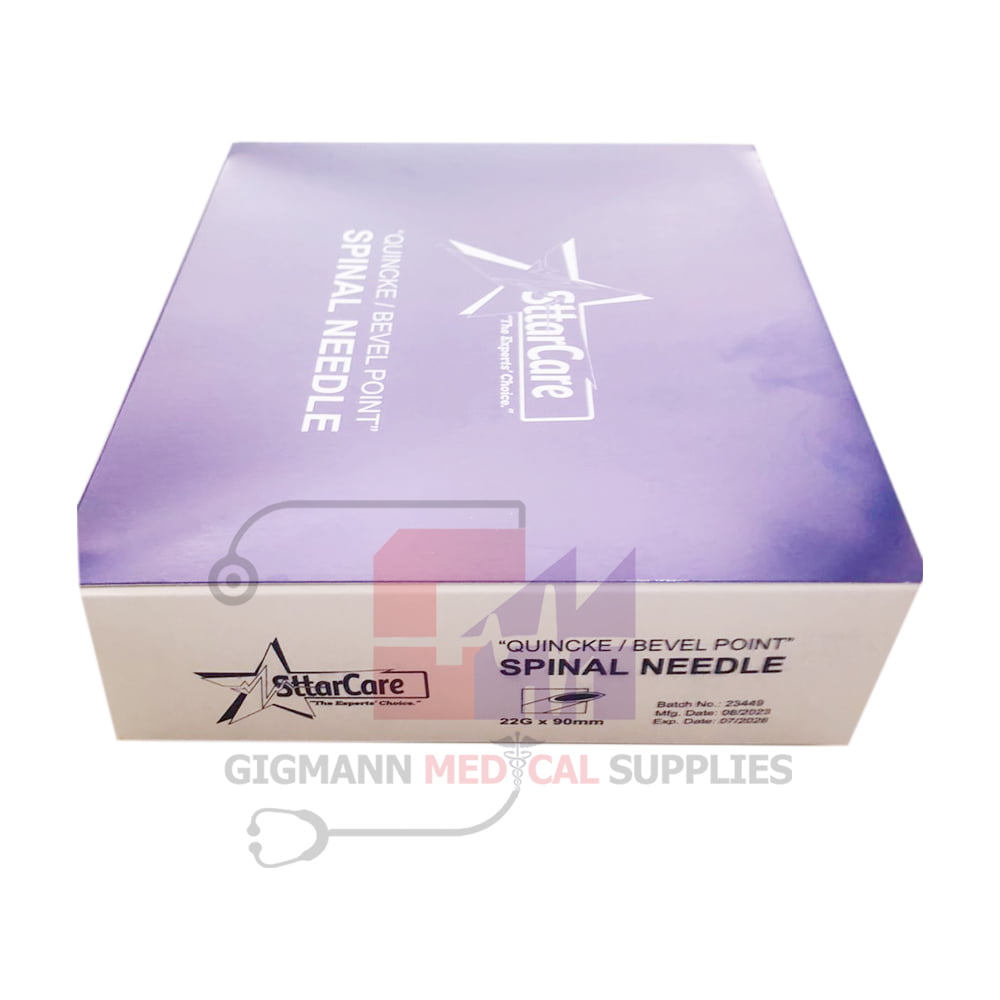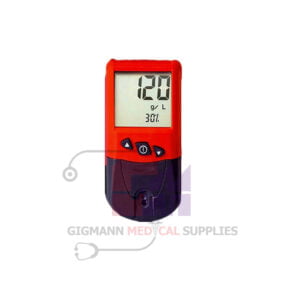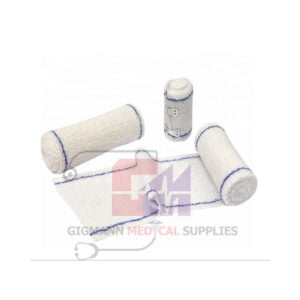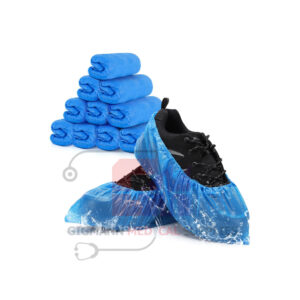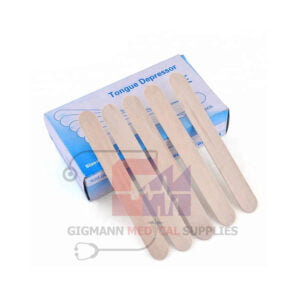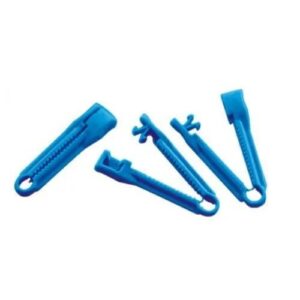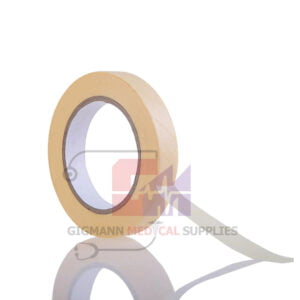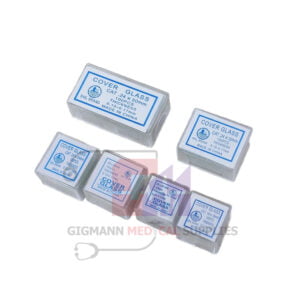1. Bevel Orientation: The bevel is the opening adjacent to the needle tip where the injectate exits. The orientation of the bevel is important during procedures. For example, during a lumbar puncture, the bevel of the spinal needle is held facing the patient’s right or left side (i.e., facing up for a patient in the lateral decubitus position) to ensure that the sharp part of the needle goes between the longitudinal fibers of the dura rather than cuts through them.
2. Notch Alignment: The notch is the raised line or indentation at the hub end of the needle, and it is in line with the bevel. This alignment helps in proper needle bevel orientation.
3. Lancet Point: The Quincke needle features a short bevel with secondary side bevels, also known as a lancet point. This design minimizes the risk of nerve puncture.
4. Sizes: Spinal needles are available in different sizes with lengths ranging from 90 mm to 178 mm and gauges from 18 G to 27 G5.

